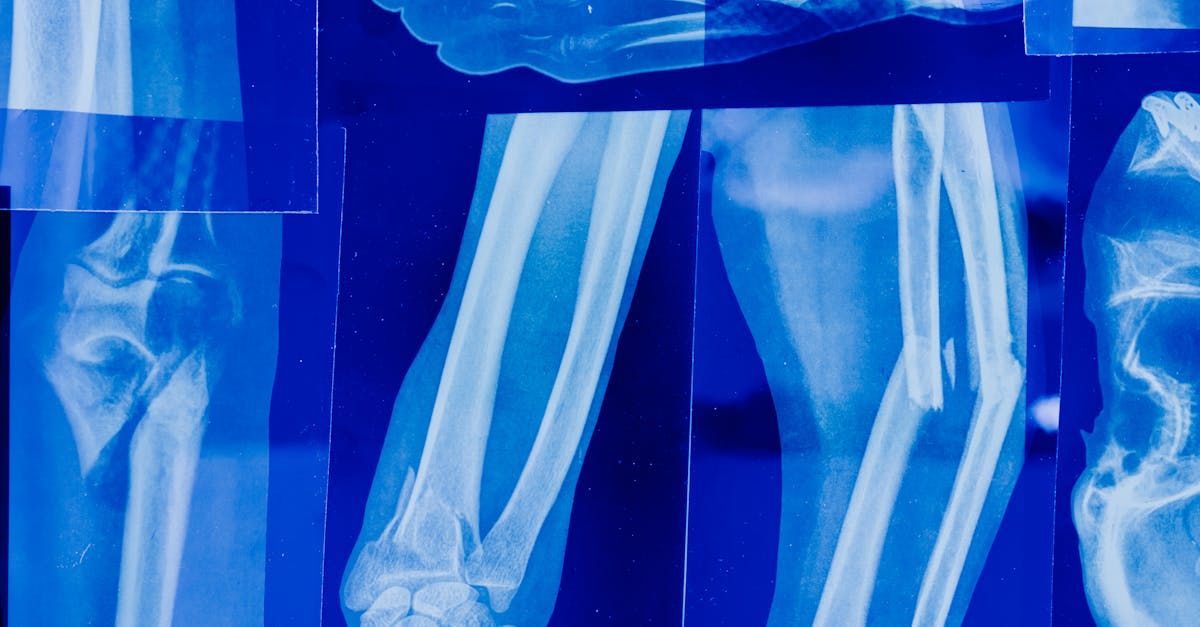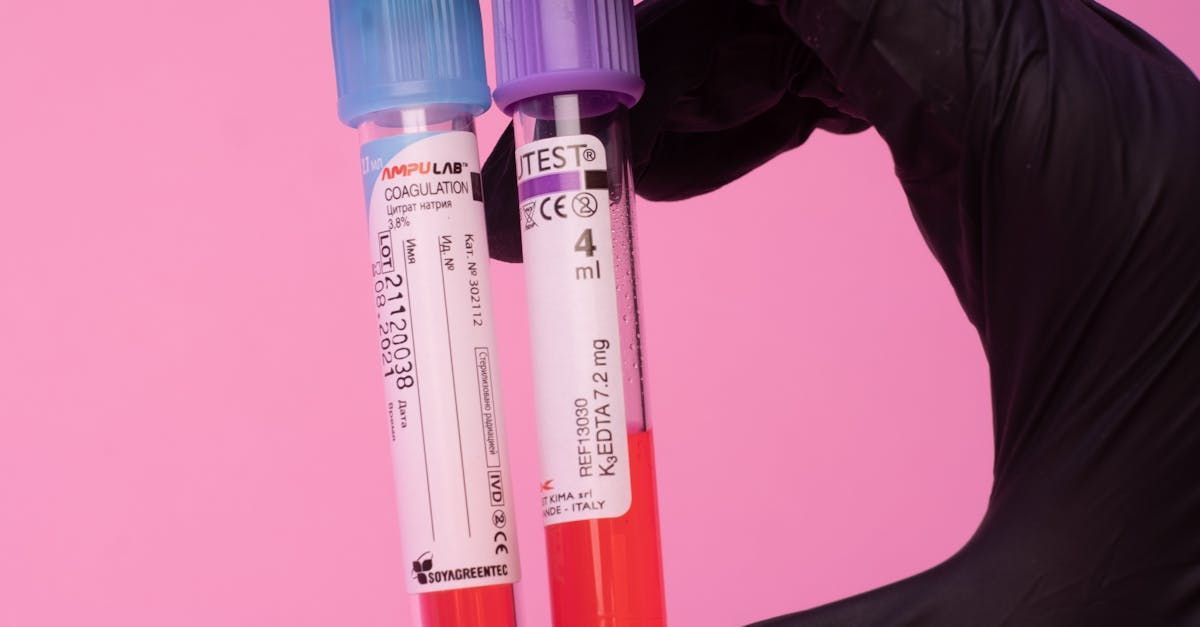Mergers and Acquisitions in Precision Medicine
In the rapidly evolving field of precision medicine, mergers and acquisitions (M&A) play a pivotal role in shaping the landscape and driving innovation. A recent high-profile example is the acquisition of Foundation Medicine by Roche, which has sent ripples across the industry. This significant merger highlights the growing importance of integrating genomic insights with pharmaceutical development to provide personalized treatment options.
This blog will analyze the role, benefits, and impact of M&A in precision medicine. By examining key mergers and acquisitions, we will explore how these strategic decisions influence research advancements, market dynamics, and patient outcomes in this transformative sector.
Understanding Mergers and Acquisitions in Precision Medicine
Mergers and acquisitions (M&A) are strategic business activities where companies consolidate through various forms of financial transactions. A merger involves two companies combining to form a new entity, while an acquisition is the purchase of one company by another. In the context of precision medicine, M&A activities are particularly relevant as they enable organizations to pool resources, technologies, and expertise, accelerating the development and delivery of personalized medical treatments.
Precision medicine focuses on tailoring medical treatment to the individual characteristics of each patient, often through the use of genomic information and advanced diagnostic tools. The field requires significant investment in research and development, access to large datasets, and cutting-edge technology. M&A transactions can help companies achieve these goals by combining strengths and addressing gaps in their capabilities.
Historical Context
Over the past decade, the precision medicine sector has witnessed a series of significant mergers and acquisitions, each contributing to the field's growth and evolution.
- Roche and Foundation Medicine (2018): Roche, a global leader in pharmaceuticals, acquired Foundation Medicine, a company specializing in genomic profiling and cancer diagnostics. This acquisition allowed Roche to enhance its precision oncology capabilities by integrating Foundation Medicine's comprehensive genomic profiling services with its own therapeutic development.
- Illumina and Grail (2020): Illumina, a leader in DNA sequencing technology, acquired Grail, a company focused on early cancer detection using blood-based tests. This merger aimed to accelerate the development and commercialization of multi-cancer early detection tests, leveraging Illumina's sequencing expertise and Grail's innovative technology.
- Thermo Fisher Scientific and Patheon (2017): Thermo Fisher Scientific, a provider of scientific instrumentation and laboratory services, acquired Patheon, a contract development and manufacturing organization (CDMO). This acquisition expanded Thermo Fisher's capabilities in drug development and manufacturing, crucial for the production of personalized therapies.
These examples underscore the strategic importance of M&A in the precision medicine field. By combining forces, companies can overcome barriers to innovation, streamline operations, and bring advanced medical solutions to market more efficiently. As the precision medicine industry continues to grow, M&A activities are expected to remain a key driver of progress, enabling companies to stay competitive and meet the evolving needs of patients.
Drivers of Mergers and Acquisitions
Market Growth
The precision medicine market is expanding rapidly, driven by advances in genomics, personalized therapies, and targeted treatments. This growth creates significant opportunities for companies to scale their operations and capture a larger share of the market. Mergers and acquisitions enable organizations to quickly expand their product portfolios, access new markets, and enhance their distribution channels. For instance, the acquisition of Foundation Medicine by Roche not only bolstered Roche's precision oncology offerings but also allowed it to reach a broader patient population by integrating comprehensive genomic profiling into its treatment regimens. As the demand for personalized medical solutions continues to rise, M&A activities will remain a critical strategy for companies looking to capitalize on market growth.
Technological Advancements
The rapid pace of technological innovation in precision medicine necessitates constant adaptation and integration of new tools and methods. M&A transactions provide a pathway for companies to acquire cutting-edge technologies and expertise that may be beyond their internal capabilities. By merging with or acquiring innovative firms, organizations can enhance their research and development efforts, streamline their workflows, and accelerate the commercialization of new products. The acquisition of Grail by Illumina exemplifies this driver, as it combined Illumina's DNA sequencing prowess with Grail's breakthrough technology in early cancer detection. Such synergies not only drive technological advancements but also position companies at the forefront of innovation in the precision medicine landscape.
Competitive Advantage
In a highly competitive industry like precision medicine, achieving and maintaining a competitive edge is crucial. Strategic acquisitions enable companies to outpace their rivals by bolstering their capabilities, expanding their intellectual property portfolios, and enhancing their service offerings. By acquiring complementary businesses, organizations can create more comprehensive and integrated solutions that differentiate them from competitors. Thermo Fisher Scientific's acquisition of Patheon illustrates this strategy, as it expanded Thermo Fisher's capabilities in drug development and manufacturing, providing a more robust platform for delivering personalized therapies. Through targeted M&A activities, companies can solidify their market positions, attract more customers, and drive long-term growth.
The drivers of mergers and acquisitions in precision medicine—market growth, technological advancements, and competitive advantage—highlight the strategic importance of these transactions. As companies navigate the complexities of the precision medicine market, M&A activities will continue to play a pivotal role in shaping the industry, fostering innovation, and ultimately improving patient outcomes.
Benefits of Mergers and Acquisitions
Resource Synergy
One of the primary benefits of mergers and acquisitions in precision medicine is the creation of resource synergy. When companies combine their resources and expertise, they can achieve greater efficiency and productivity. This synergy allows organizations to optimize their operations, reduce redundancies, and lower costs. By integrating complementary strengths, such as advanced diagnostic tools and therapeutic capabilities, companies can enhance their overall effectiveness. The Roche and Foundation Medicine merger is a prime example, where Roche's extensive pharmaceutical resources and Foundation Medicine's genomic profiling expertise combined to offer more comprehensive and personalized cancer treatments. Such resource synergy leads to better utilization of assets and improved outcomes for patients.
Accelerated Innovation
M&A activities can significantly accelerate the pace of innovation in precision medicine. By bringing together diverse teams and technologies, companies can speed up their research and development processes. This collaborative environment fosters creativity and allows for the rapid exchange of ideas and knowledge. For instance, Illumina's acquisition of Grail enabled the accelerated development of multi-cancer early detection tests, leveraging Illumina's sequencing technology and Grail's innovative approaches. This rapid innovation cycle is crucial in precision medicine, where timely advancements can translate into earlier diagnoses and more effective treatments for patients.
Market Expansion
Expanding market reach and customer base is another significant benefit of mergers and acquisitions. By joining forces, companies can access new geographical regions, tap into different market segments, and enhance their distribution networks. This expansion is particularly valuable in precision medicine, where the ability to reach a diverse patient population is essential for the successful implementation of personalized treatments. The merger between Thermo Fisher Scientific and Patheon illustrates how market expansion can be achieved through M&A. By integrating Patheon's drug development and manufacturing services, Thermo Fisher broadened its market presence and strengthened its ability to deliver personalized therapies on a global scale. This enhanced market reach not only drives revenue growth but also ensures that advanced medical solutions are accessible to a wider audience.
The benefits of mergers and acquisitions in precision medicine—resource synergy, accelerated innovation, and market expansion—underscore the strategic importance of these transactions. By leveraging combined strengths, speeding up development processes, and broadening market reach, companies can achieve significant advancements in the field. As the precision medicine industry continues to evolve, the benefits of M&A activities will remain a driving force behind the development and delivery of personalized medical solutions, ultimately improving patient care and outcomes.
Case Studies and Success Stories
Case Study 1: A Successful Merger in the Genomics Sector
Illumina and Grail
The merger between Illumina and Grail is a prominent example of a successful merger in the genomics sector. Illumina, a leading company in DNA sequencing, acquired Grail, which focuses on early cancer detection through blood-based tests. This strategic merger was aimed at accelerating the development and commercialization of Grail's innovative multi-cancer early detection tests. By integrating Illumina's advanced sequencing technology with Grail's groundbreaking approaches, the companies were able to rapidly advance their research and development efforts. The merger not only expanded Illumina's product portfolio but also positioned the combined entity at the forefront of early cancer detection, showcasing the potential of genomics to revolutionize cancer diagnostics and treatment.
Case Study 2: Acquisition of a Precision Diagnostics Company by a Pharmaceutical Giant
Roche and Foundation Medicine
Roche's acquisition of Foundation Medicine is a notable example of how a pharmaceutical giant can enhance its precision diagnostics capabilities through strategic acquisition. Foundation Medicine specializes in comprehensive genomic profiling for cancer patients, providing detailed information that can guide personalized treatment decisions. By acquiring Foundation Medicine, Roche integrated these advanced diagnostic capabilities with its own therapeutic development and commercialization efforts. This acquisition allowed Roche to offer more tailored treatment options to cancer patients, combining diagnostic insights with targeted therapies. The successful integration of Foundation Medicine's genomic profiling expertise into Roche's operations highlights the transformative impact of such acquisitions on patient care and treatment outcomes in precision medicine.
Case Study 3: Strategic Partnership Leading to a Successful Acquisition
Notable Labs and Vividion Therapeutics
The strategic partnership between Notable Labs and Vividion Therapeutics exemplifies how collaborations can lead to successful acquisitions. Notable Labs focuses on using advanced data analytics and machine learning to identify effective treatments for cancer patients. Vividion Therapeutics is known for its innovative approach to drug discovery, utilizing its proprietary technology platform to target traditionally undruggable proteins. The partnership between these two companies aimed to combine Notable Labs' data-driven insights with Vividion's drug discovery expertise. The success of this collaboration led to Vividion's acquisition of Notable Labs, enhancing its capabilities in precision oncology and expanding its therapeutic pipeline. This case study illustrates how strategic partnerships can pave the way for acquisitions that drive innovation and improve treatment options in precision medicine.
These case studies and success stories demonstrate the significant impact of mergers and acquisitions in the precision medicine field. By bringing together complementary strengths, accelerating innovation, and expanding market reach, these strategic transactions have the potential to transform patient care and advance the development of personalized medical solutions. As the precision medicine industry continues to grow, such successful M&A activities will remain critical in shaping its future, fostering collaboration, and delivering improved outcomes for patients worldwide.
Challenges and Risks
Integration Challenges
One of the primary challenges in mergers and acquisitions, especially in the precision medicine field, is managing the integration of different organizational cultures and systems. Companies often have distinct corporate cultures, operational processes, and management styles. When merging or acquiring, these differences can lead to conflicts, miscommunication, and inefficiencies. Successfully integrating these diverse elements requires careful planning, clear communication, and a commitment to building a unified organizational culture. For instance, aligning the innovative and flexible culture of a biotech startup with the structured and process-oriented culture of a pharmaceutical giant can be particularly challenging. Failure to effectively integrate can result in disrupted operations, reduced productivity, and ultimately, failure to achieve the desired synergies.
Regulatory Hurdles
Navigating the complex regulatory landscape is another significant challenge in M&A activities within the precision medicine sector. Regulatory requirements vary across regions and can be particularly stringent in the healthcare and pharmaceutical industries. Companies must ensure compliance with various regulatory bodies, such as the Food and Drug Administration (FDA) in the United States or the European Medicines Agency (EMA) in Europe. This involves rigorous scrutiny of clinical data, manufacturing processes, and quality control measures. Additionally, antitrust regulations may come into play to prevent the formation of monopolies and ensure fair competition. The lengthy and intricate approval processes can delay M&A activities and increase the costs and uncertainties associated with these transactions.
Financial Risks
Financial risks and uncertainties are inherent in any merger or acquisition. These can stem from various factors, including overvaluation of the target company, unforeseen liabilities, and integration costs. Accurately valuing a company in the precision medicine field can be particularly challenging due to the speculative nature of drug development and the high failure rates associated with clinical trials. Additionally, the costs of integrating systems, harmonizing operations, and retaining key talent can be substantial. Companies must conduct thorough due diligence to identify potential financial risks and develop strategies to mitigate them. Effective financial planning and risk management are crucial to ensuring the long-term success of M&A transactions.
Future Trends and Opportunities
Emerging M&A Trends
The precision medicine sector is poised for significant growth, with several emerging trends in mergers and acquisitions shaping its future. One notable trend is the increasing interest in data-driven healthcare solutions. Companies are recognizing the value of integrating big data analytics, artificial intelligence (AI), and machine learning (ML) into their operations to enhance personalized treatment approaches. M&A activities are likely to focus on acquiring firms with strong capabilities in these areas to gain a competitive edge.
Another emerging trend is the emphasis on rare diseases and niche markets. As advancements in genomics and biotechnology continue, companies are seeking to develop targeted therapies for rare and orphan diseases. M&A activities are expected to reflect this shift, with larger firms acquiring specialized biotech companies to expand their rare disease portfolios.
Moreover, the rise of telemedicine and digital health platforms is influencing M&A strategies. The COVID-19 pandemic has accelerated the adoption of telehealth services, and companies are exploring mergers and acquisitions to integrate these digital health solutions with precision medicine offerings, providing more comprehensive and accessible healthcare options.
Global M&A Activities
The role of international mergers and acquisitions is becoming increasingly significant in the precision medicine landscape. Companies are looking beyond their domestic markets to access new technologies, expand their global reach, and tap into diverse patient populations. Cross-border M&A activities enable organizations to leverage the strengths of different regions, such as advanced research capabilities in the United States, cutting-edge biotechnology in Europe, and growing healthcare markets in Asia.
International mergers also facilitate knowledge transfer and collaboration between global experts, fostering innovation and accelerating the development of personalized treatments. However, navigating the complexities of different regulatory environments, cultural differences, and market dynamics requires careful planning and strategic alignment.
Collaborative Ventures
Encouraging collaborative ventures and strategic partnerships is another key opportunity in the precision medicine field. Collaboration allows companies to share resources, expertise, and risks, fostering innovation and accelerating the development of new therapies. Joint ventures and partnerships between pharmaceutical companies, biotech firms, academic institutions, and technology providers are becoming more common, driving advancements in precision medicine.
For example, strategic partnerships between pharmaceutical giants and technology companies can combine the former's drug development expertise with the latter's AI and data analytics capabilities, resulting in more efficient and effective personalized treatments. Collaborative ventures also provide opportunities for smaller biotech firms to access the resources and infrastructure of larger organizations, facilitating the translation of scientific discoveries into clinical applications.
Strategies for Successful Mergers and Acquisitions
Due Diligence
Conducting thorough due diligence is a critical first step in any successful merger or acquisition. Due diligence involves a comprehensive assessment of the target company's financial health, operational capabilities, intellectual property, regulatory compliance, and market position. This process helps identify potential risks and opportunities, ensuring that the acquiring company makes an informed decision. In the precision medicine field, due diligence should also include an evaluation of the target's technological assets, clinical trial data, and pipeline products. By meticulously examining these aspects, companies can uncover hidden liabilities, accurately value the target, and develop strategies to mitigate risks. Effective due diligence not only safeguards the acquiring company but also lays the groundwork for a successful integration.
Strategic Planning
Developing clear and strategic M&A plans is essential for maximizing the benefits of mergers and acquisitions. Strategic planning involves setting clear objectives, identifying synergies, and defining the integration roadmap. Companies should establish what they aim to achieve through the merger or acquisition, whether it's expanding their product portfolio, entering new markets, or acquiring cutting-edge technology. Identifying synergies, such as complementary strengths and capabilities, helps in realizing the full potential of the combined entity. Additionally, a well-defined integration roadmap outlines the steps and timelines for merging operations, aligning cultures, and achieving strategic goals. A robust strategic plan ensures that all stakeholders are on the same page and that the M&A activities align with the overall business objectives.
Post-Merger Integration
Ensuring smooth post-merger integration and alignment of goals is crucial for the long-term success of mergers and acquisitions. Post-merger integration involves harmonizing the operations, systems, and cultures of the merging entities. Effective communication is key during this phase, as it helps manage expectations, address concerns, and foster a sense of unity among employees. Companies should prioritize aligning their organizational cultures to create a cohesive and collaborative work environment. Integrating IT systems and operational processes is also essential to streamline workflows and enhance efficiency.
Moreover, setting clear performance metrics and monitoring progress helps track the success of the integration efforts. By focusing on achieving quick wins and maintaining momentum, companies can build confidence among stakeholders and demonstrate the value of the merger or acquisition. Ensuring alignment of goals across all levels of the organization fosters a sense of shared purpose and drives the combined entity towards achieving its strategic objectives.
Recap the role and benefits of M&A in precision medicine
Mergers and acquisitions play a pivotal role in the precision medicine industry by enabling companies to combine resources, technologies, and expertise to drive innovation and improve patient care. The key benefits of M&A activities in this field include:
- Resource Synergy: Merging companies can optimize their operations and enhance productivity by leveraging each other's strengths, leading to more efficient and effective development and delivery of personalized treatments.
- Accelerated Innovation: By integrating advanced technologies and expertise, M&A activities can significantly speed up research and development processes, bringing innovative therapies to market more quickly.
- Market Expansion: Acquisitions allow companies to broaden their market reach and customer base, making advanced medical solutions more accessible to a diverse patient population.
- Competitive Advantage: Strategic acquisitions help companies stay ahead of their competitors by expanding their capabilities, intellectual property portfolios, and service offerings.
- Integration of Technologies: M&A enables the combination of cutting-edge technologies, such as genomics, AI, and digital health platforms, fostering the development of comprehensive and effective precision medicine solutions.
The precision medicine industry is poised for continued growth and innovation, with mergers and acquisitions playing a critical role in shaping its future. Several factors contribute to this optimistic outlook:
- Technological Advancements: Ongoing advancements in genomics, data analytics, and digital health will drive further innovation, creating new opportunities for M&A activities.
- Global Expansion: The increasing globalization of healthcare markets will encourage cross-border mergers and acquisitions, facilitating the exchange of knowledge and technologies and enhancing patient care worldwide.
- Focus on Personalized Therapies: As the demand for personalized treatments continues to rise, companies will seek strategic acquisitions to expand their capabilities in developing and delivering targeted therapies.
- Collaborative Ecosystems: The growing trend of collaborative ventures and strategic partnerships will pave the way for successful acquisitions, fostering a more interconnected and innovative precision medicine ecosystem.
As the precision medicine industry evolves, stakeholders must recognize the strategic importance of mergers and acquisitions in driving progress and improving patient outcomes. Companies, investors, and policymakers should consider the following actions:
- Invest in Due Diligence: Ensure thorough due diligence processes to identify potential risks and opportunities, making informed decisions that align with strategic goals.
- Develop Clear M&A Strategies: Establish clear objectives and integration plans to maximize the benefits of mergers and acquisitions, focusing on achieving resource synergy, innovation, and market expansion.
- Foster Collaborative Ventures: Encourage partnerships and collaborations to leverage complementary strengths and drive advancements in precision medicine.
- Embrace Technological Integration: Prioritize the integration of cutting-edge technologies to enhance research, development, and delivery of personalized medical solutions.
- Promote Global M&A Activities: Support cross-border mergers and acquisitions to facilitate the exchange of knowledge and technologies, improving patient care on a global scale.
By embracing strategic mergers and acquisitions, stakeholders can significantly contribute to the advancement of precision medicine, driving innovation, expanding market reach, and ultimately improving patient outcomes. The future of personalized healthcare depends on the continued growth and evolution of the industry, with M&A activities serving as a key driver of progress and success.











